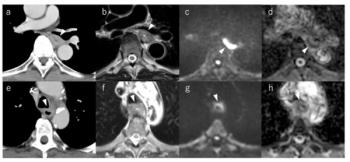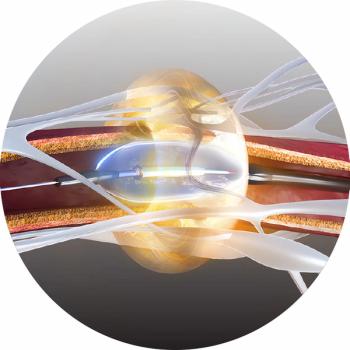
High-Intensity Focused Ultrasound Shows Promise for Controlling Prostate Cancer
Study shows targeted therapy can effectively control prostate cancer, helping men avoid surgery or radiation, as well as significant side effects.
High-intensity focused ultrasound (HIFU) can be used to adequately control prostate cancer, helping men avoid more invasive treatment options, such as surgery or radiation therapy and their potentially high side effect rates.
In a study published in
According to the team led by Andre Luis Abreu, M.D., assistant professor of clinical urology, the study outcomes show HIFU, a strategy that targets a specific area of the prostate, can be effective, giving more than 90 percent of men with localized prostate cancer the opportunity to avoid or delay more radical treatment options.
“Short-term results of focal [HIFU] indicate safety, excellent potency and continence preservation, and adequate short-term prostate cancer control,” the team wrote.
To test HIFU’s efficacy, between December 2015 and December 2019, the team enrolled and performed hemigland HIFU on 100 men – average age of 65 – who had localized prostate cancer. When they entered the study, the men had very low (8 percent), low (20 percent), intermediate favorable (50 percent), intermediate unfavorable (17 percent), and high (5 percent) risk prostate cancer.
The team collected data on erectile function, prostate symptoms score, and complications at 90 days post-HIFU treatment, and outcomes were assessed for an average of 20 months. Failure was defined as prostate cancer recurrence, radical treatment, systemic therapy, metastasis or mortality specifically from prostate cancer.
At follow-up, the team reported, 73 percent of men avoided treatment failure, and 76 percent had no evidence of clinically significant prostate cancer. Additionally, 100 percent retained continence. After two years, 91 percent had been able to avoid radical treatment, and only 13 percent experienced minor complications. These results point to HIFU’s ability to adequately control prostate cancer, they said.
“We believe these data represent the actual clinical practice in the United States,” Abreu’s team said. “This study provides the initial U.S. HIFU data to prostate cancer stakeholders, including clinicians, patients, and the FDA.”
Newsletter
Stay at the forefront of radiology with the Diagnostic Imaging newsletter, delivering the latest news, clinical insights, and imaging advancements for today’s radiologists.

































